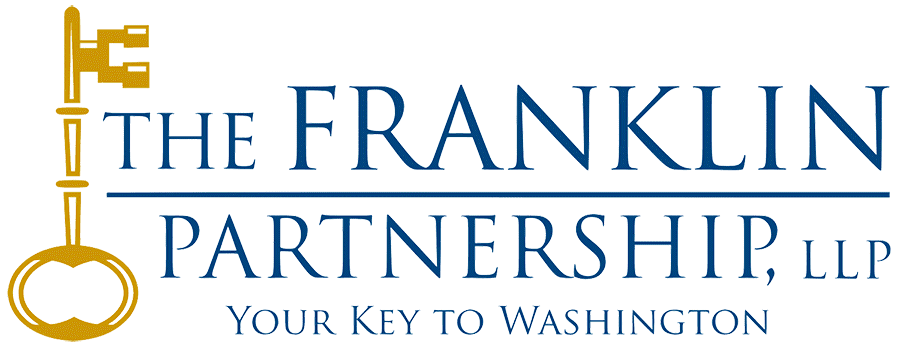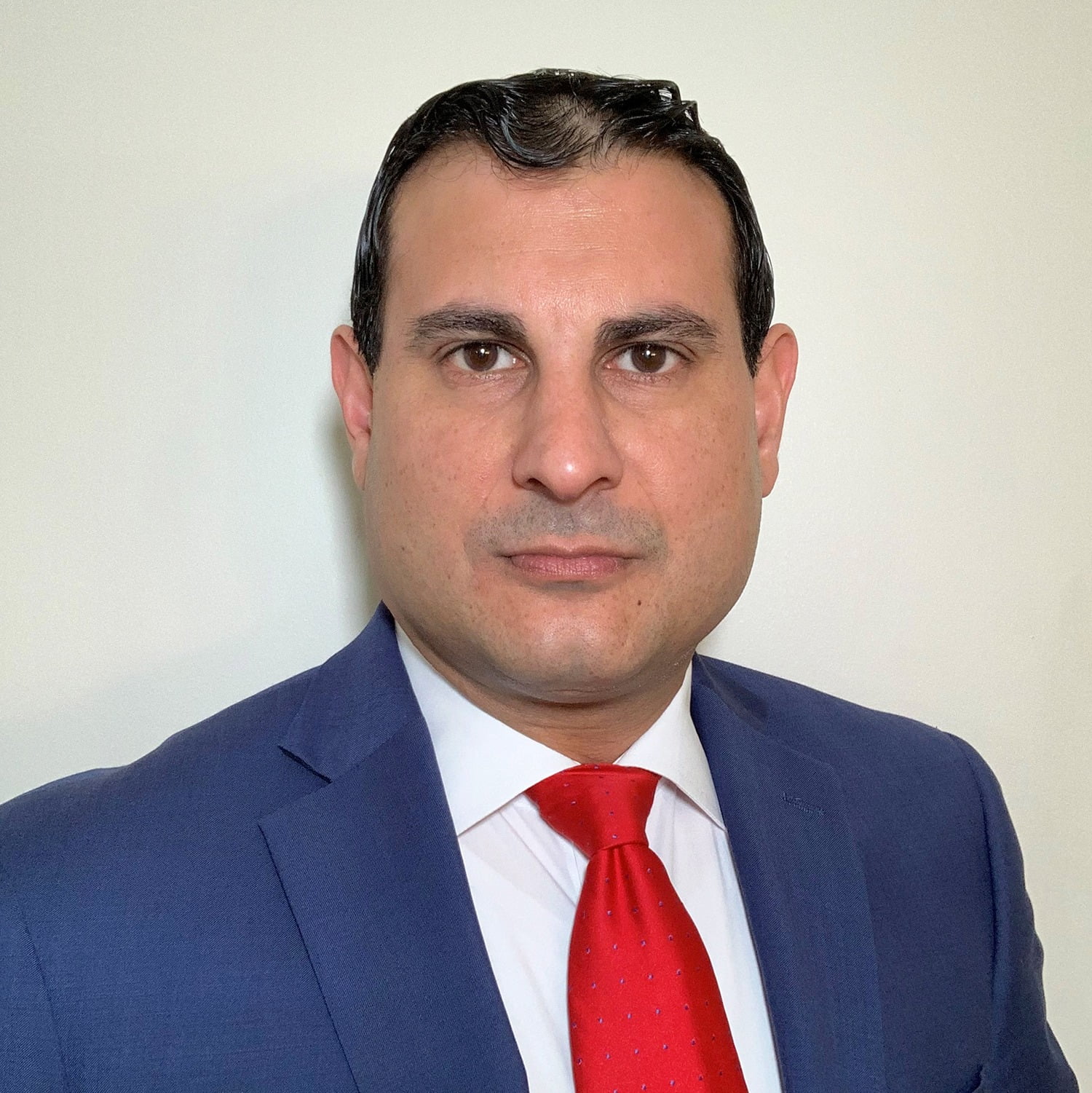WATCH
WASHINGTON
Decarbonization of Industry: Government-Style
The U.S. Department of Energy released a Request for Information (RFI) to the public on “Industrial Decarbonization Priorities” in January 2022. As part of President Biden’s whole of government approach to climate change, the department is exploring what technology developments and deployment would generate emissions reduction in the industrial sector to help reach the goal of net-zero emissions by 2050.
According to the federal government, industry accounts for roughly one-third of the nation’s primary energy use and nearly 30% of energy-related greenhouse gas (GHG) emissions. While the RFI did concede that it is “difficult-to-decarbonize” a significant portion of the U.S. industrial sector, it is quite specific and focused on several industries, including industrial heating.
Art Wager/E+ via Getty Images
In government policymaking circles, regulators issue an RFI when seeking information from the regulated community before a federal agency decides whether to release new rules and guidelines. They also use it to gather details on current and future technologies that may help an administration achieve its policy goals. In the notice on which the Department of Energy accepted comments through February, officials solicited feedback on “what approaches, sub-sectors, cross-cutting challenges or other focus areas are best suited to accelerate the development, demonstration and adoption of GHG-reducing technologies within the industrial sector.”
The RFI identifies the five largest GHG-emitting industrial sub-sectors as iron and steel, chemicals, food and beverage, petroleum refining and cement, which collectively account for roughly 62% of manufacturing-related emissions.
Regulators went further and specifically mentioned industrial heating, saying that it accounts for a “significant fraction of the energy consumed by the industrial sector.” They also said that “traditional fuel-fired industrial (thermal) processes can be inefficient, difficult to control and result in materials and products with compromised quality and performance.” The RFI refers to the heating process in use today as being dominated by fossil fuels. Therefore, industrial heating is also a significant contributor to emissions.
Under Category 6, Crosscutting Industrial Decarbonization Opportunities, the department requested information on technology areas, such as steam systems and process heating, that they see as opportunities for a substantial reduction in levels of industrial emissions. Regulators also asked industry about what emerging decarbonization technologies could have the most impact in other manufacturing industries over the next 5-10 years and 10-20 years.
Another top target for the Department of Energy is, unsurprisingly, the iron and steel industry. Regulators sought information on emerging decarbonization technologies that would have the greatest impact on the steel industry over the next two decades. This includes asking what the future may hold for blast furnace/basic oxygen furnace operations, electric-arc furnaces and reheat furnaces, among other machinery.
This could impact manufacturers of furnaces, ovens, boilers and the components and systems for those items if the Department of Energy or U.S. Environmental Protection Agency (EPA) issue tighter regulations and mandates in the future.
The government is not currently mandating industry take a specific approach to decarbonization, but it is inquiring about different approaches, including: energy efficiency; electrification and low-carbon fuels, feedstocks and energy sources; and carbon capture, utilization and storage. The government also asked about challenges related to utilizing onsite carbon-free power generation (e.g., solar and wind) in industrial applications.
As opposed to OSHA, which is largely an enforcement agency, the Department of Energy frequently works with industry by providing research-and-development grants and other funding to help develop new technologies. They will often incentivize industry to achieve a new standard prior to imposing additional guidelines and restrictions on activities.
Our firm represents die-casting and foundry clients who have had great success over the years receiving grants for technology testbeds, pilot-scale demonstrations and larger commercial-scale demonstrations. The Department of Energy also provides technical assistance for emerging technology validation, but the deployment of both proven and unproven controls is often costly for manufacturers – even when feasible – and could take years to implement.
leighcol/Stock / Getty Images Plus via Getty Images
For example, the Biden administration and outside groups often look to carbon-capture usage and sequestration (CCS) as a way to capture the man-made carbon dioxide at its source and permanently store or use the emissions. The Department of Energy first began funding R&D for this process in 1997, and Congress provided $7.3 billion for related activities between FY2010 and 2020. According to the Global CCS Institute, 24 facilities capturing and injecting CO2 were operational in 2020, 12 of which are in the U.S.
This is but one example of how technology takes time to catch up with policymakers. The EPA, however, is often not as patient. The EPA is already working on a court-mandated carbon monoxide emissions limit update for industrial, commercial and institutional boilers and process heaters.
Depending on stakeholder responses to the RFI, the Department of Energy, and agencies such as the EPA, could use that information to begin the process to further regulate industry as part of their drive to zero carbon emissions by 2050. As the Department of Energy’s Advanced Manufacturing Office seeks information to better understand industrial decarbonization, including emerging technologies that the sector could adopt, manufacturers should watch the regulators closely. Will they go the path of partners and incentivize domestic R&D, or will they impose new regulations and mandates?
Additional regulations for the industry could bring significant changes for manufacturers, while new investments could generate new opportunities. Stay tuned.


Omar S. Nashashibi
Founding Partner
The Franklin Partnership, LLC.
INDUSTRIALHEATING.COM | BACK TO CONTENTS | MARCH 2022



